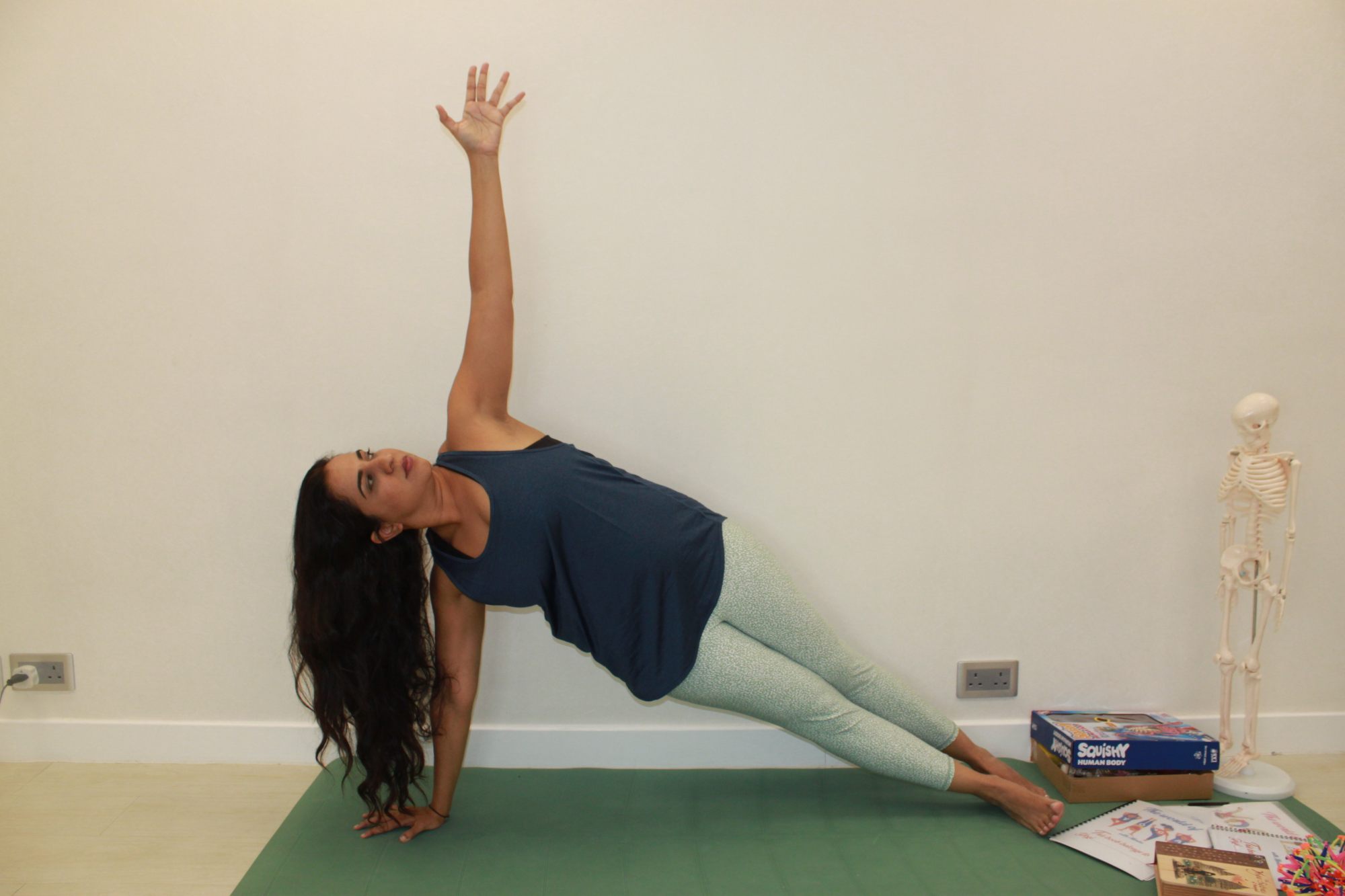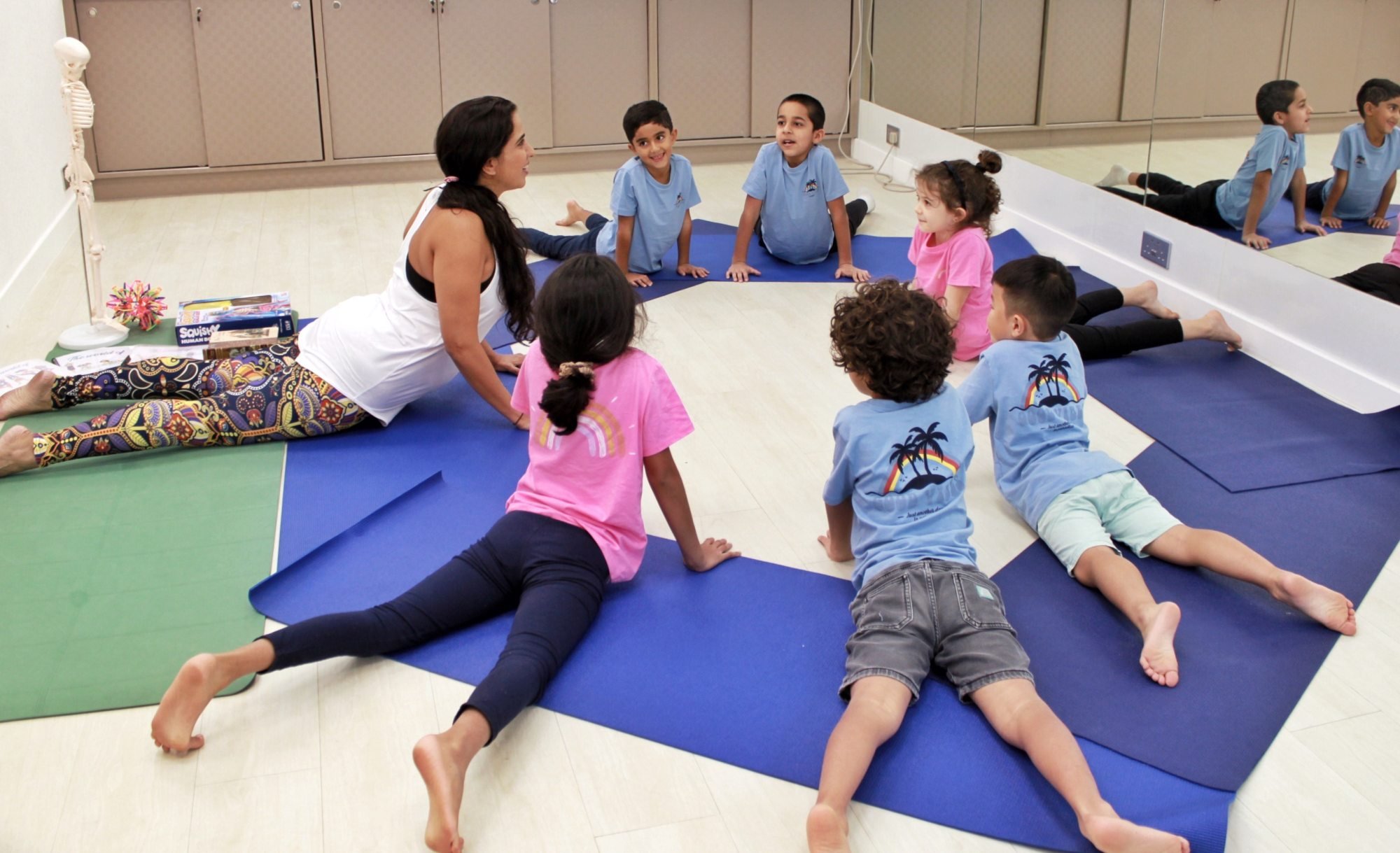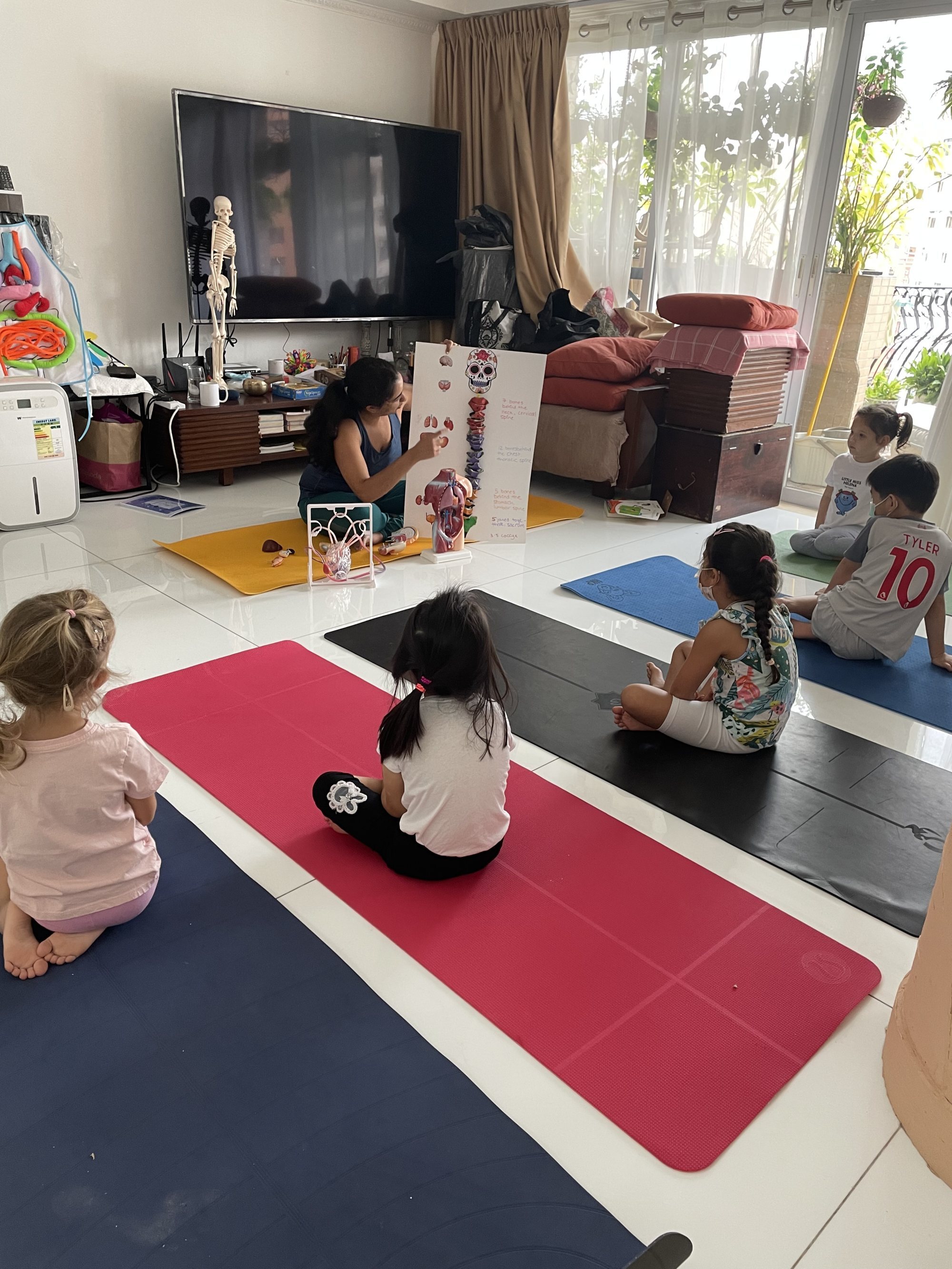
Yoga helped fix a woman’s ‘incurable’ asthma as a teen; now she’s found her calling teaching it to children – helping them cope with the pandemic’s disruptions
- Menka Purswaney suffered from asthma as a teenager and learned yoga and breathing techniques that cured her without the use of inhalers and steroids
- Two decades on, Purswaney trained as a yoga teacher and found her calling in teaching yoga to children – which helps them cope with the pandemic’s disruptions
At the age of 13, Menka Purswaney moved with her family from India to Hong Kong. She developed severe asthma, and tests showed her lung capacity was extremely diminished.
“I could not climb up a set of stairs without panting, and taking several pauses to get air. Doctors told my parents that my asthma was incurable,” says Purswaney, who was prescribed a treatment plan with inhalers and steroids.

For Purswaney, treatment came in the form of instruction in yoga poses, or asanas, to improve her respiratory system, and in pranayamas, or yogic breathing techniques.
“I spent a few weeks at Jindal waking up at 6am every morning and going to bed by 9pm. Under the guidance of a teacher, I practised asanas to improve my lung capacity and open up the chest.”
These included surya namaskar (the 12-step sun salutations sequence), shalabhasana (the back-bending locust pose), bhujangasana (the cobra pose, a heart-opening back bend that stretches the entire upper body), ustrasana (the kneeling back-bending camel pose) and dhanurasana (the bow pose, another back-bender).
Pranayama helped improve her breathing, clear the constant phlegm and runny nose, and prevent shortness of breath.

She learned the techniques of anulom vilom (alternate nostril breathing, deeply inhaling and exhaling while alternating between nostrils) and bhastrika (“bellows breath”, in which you take a deep breath and release it after counting to five, then inhale and exhale with force, mimicking panting).
She also learned kapal bhati (“skull shining breath”, forceful exhalations and automatic inhalation at a fast pace) and bhramari (“humming bee breath”, taking take a long, deep breath in through the nose, then exhaling slowly, making a “hmmm” sound at the back of the throat).
Purswaney says that the regular yoga and pranayama practice, along with the change in her diet, cured her of asthma. “A fortnight after starting the new regimen, I felt like I had a new pair of lungs. It was time to say goodbye to inhalers, steroids and drugs.”

Back in Hong Kong and no longer in need of medication, Purswaney went on to join her school netball, basketball and hockey teams.
Anna Ödman, an Iyengar yoga teacher who also suffers from asthma, explains that yoga helps with asthma by opening the chest muscles, softening the diaphragm and making more space for the lungs, which encourages better breathing.
“A regular practice of yoga also increases self-awareness and brings about an acceptance of one’s situation,” explains 50-year-old Ödman, who teaches at the Iyengar Yoga Centre of Hong Kong.

“I didn’t see yoga as fun. I saw it as therapeutic and, since I didn’t have any serious illnesses any more, I didn’t think about yoga again until after having children and wanting to regain my health,” she says.
Reviving her practice changed her perception, and she decided to train as a yoga teacher herself.
Purswaney enrolled in a two-year youth empowerment programme with the Chinmaya Mission, a spiritual organisation that promotes inner growth. She studied the ancient Hindu scriptures and started teaching yoga philosophy to children through storytelling sessions.
“After teaching yoga philosophy to children for years and training in yoga, I realised that yoga can be introduced to children in a fun and child-friendly way,” Purswaney says.
“I felt that if learning yoga had been more engaging for me as a teenager, I would have continued with the practice and reaped its many benefits for longer. That inspired me to start teaching children. I wanted to create a ‘school outside school’.”

She began by teaching yoga to her own children, then started The World of Yoga School in 2019, dedicated to teaching yoga to all children. Purswaney’s kids’ classes incorporate art, music, play, dance and stories together with yoga asanas in a way that is compelling for them.
During the coronavirus pandemic, she released an album of yoga songs for children and adults called Menka’s Sound of Yoga, available on Spotify and Apple Music.
“To understand the breath, children make a set of lungs, heart and diaphragm. We inhale through the nose and children learn how the nose filters and warms the air we take in, causing less chances of catching bacteria or viruses,” she says.
Practising yoga has been extremely beneficial for the children during the pandemic, she believes.

“Covid-19 has disrupted their routine more than ever. They couldn’t go to school, meet their friends, play sports or freely engage in outdoor activities. It’s all been very confusing and distressing for them,” Purswaney says.
Nine-year-old Theo has been attending Purswaney’s classes for the past year. His mother, Lucia Caula, says yoga has made Theo calmer, more confident and more flexible.


